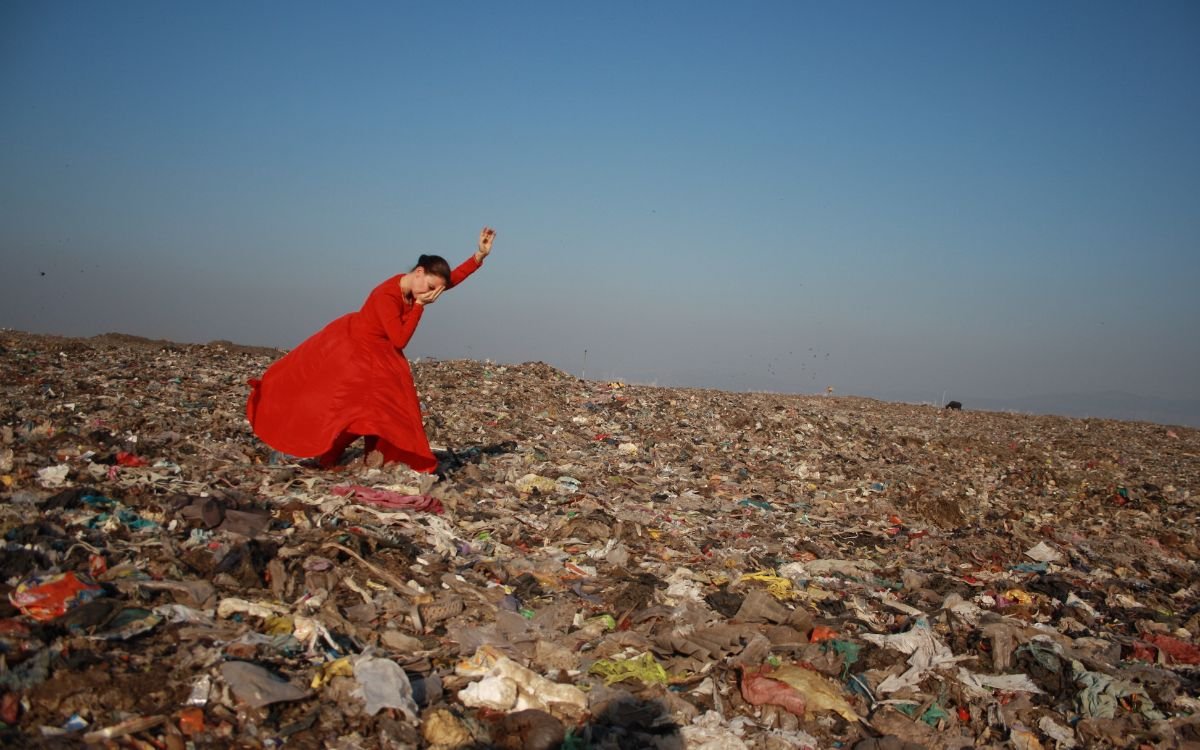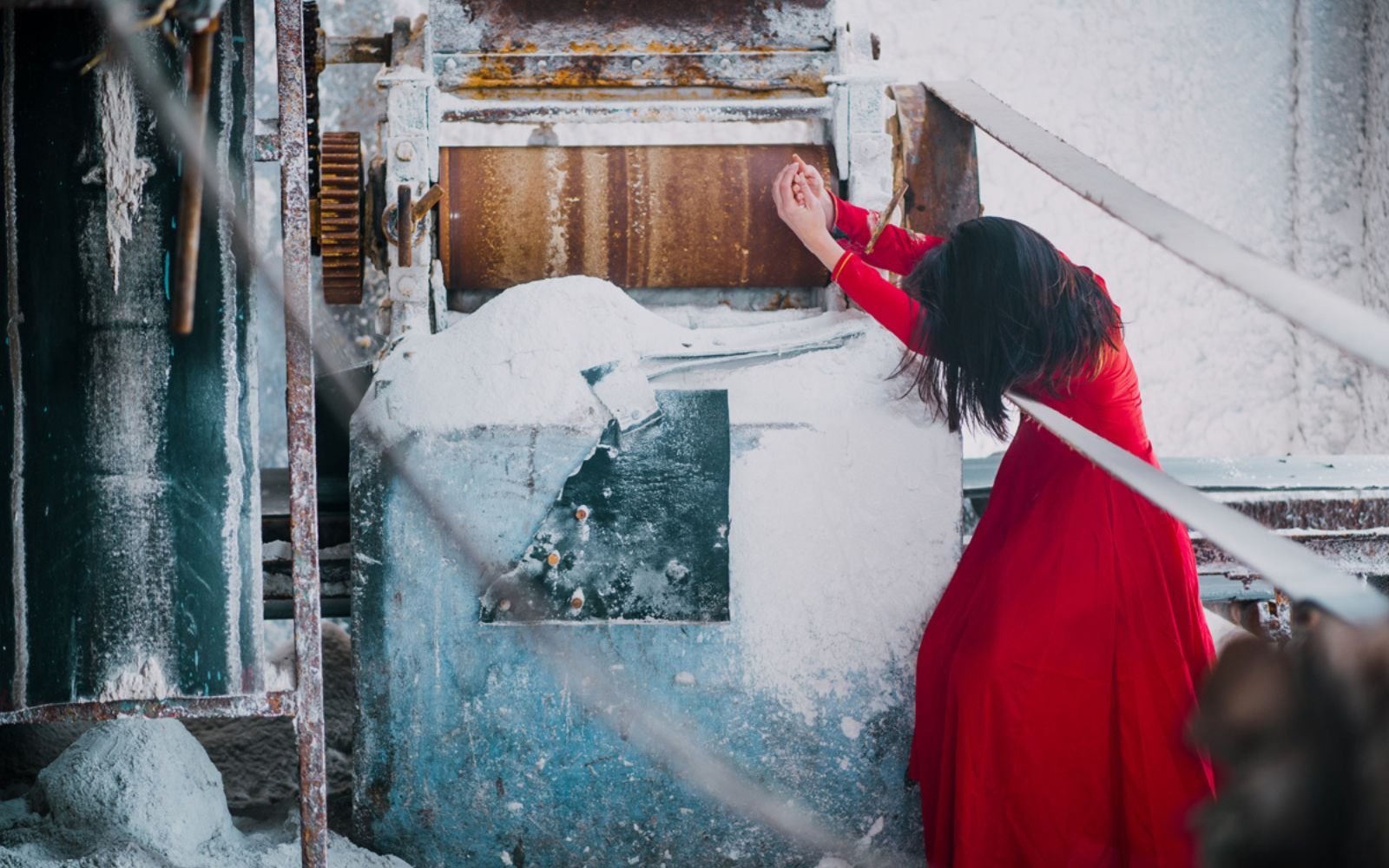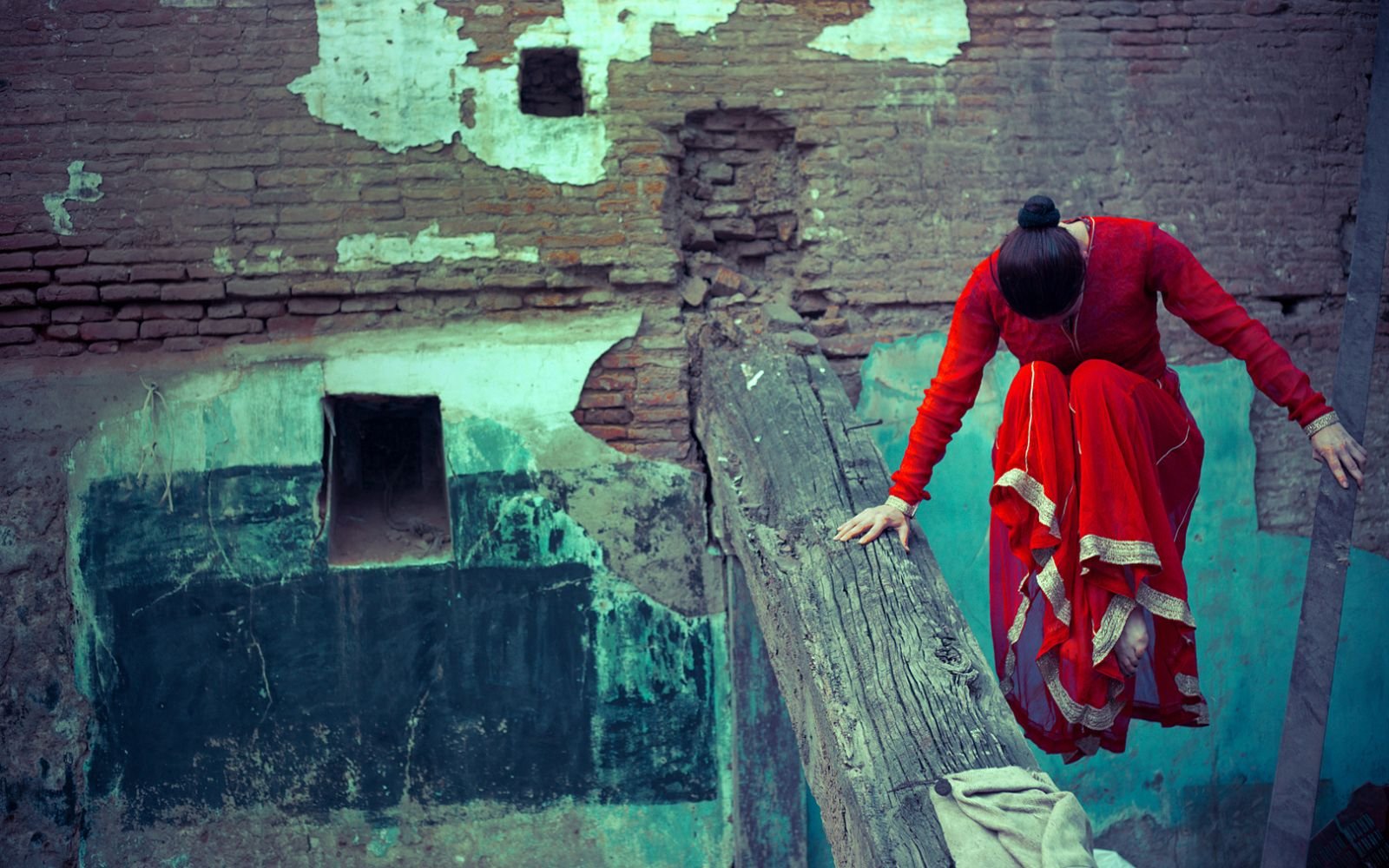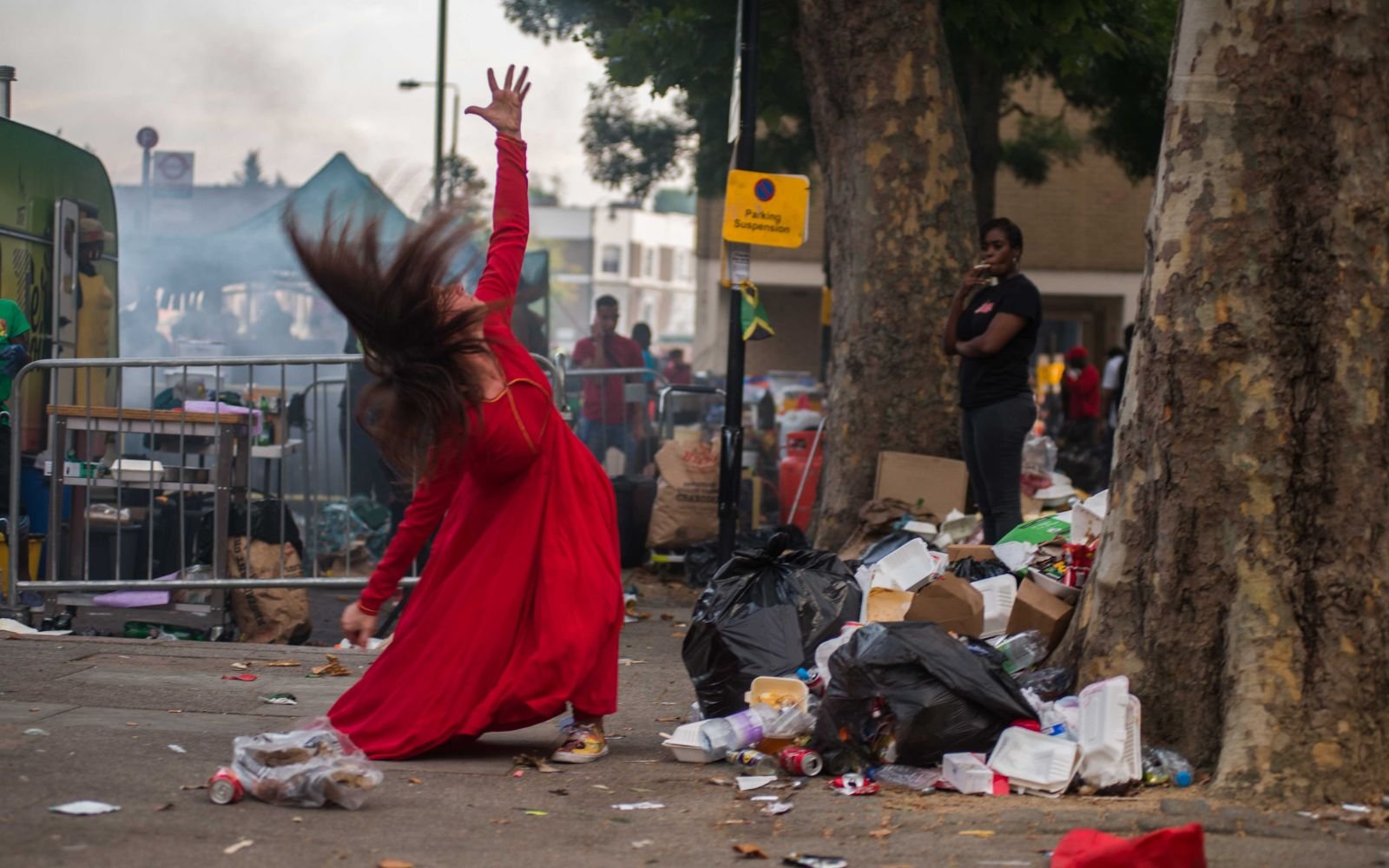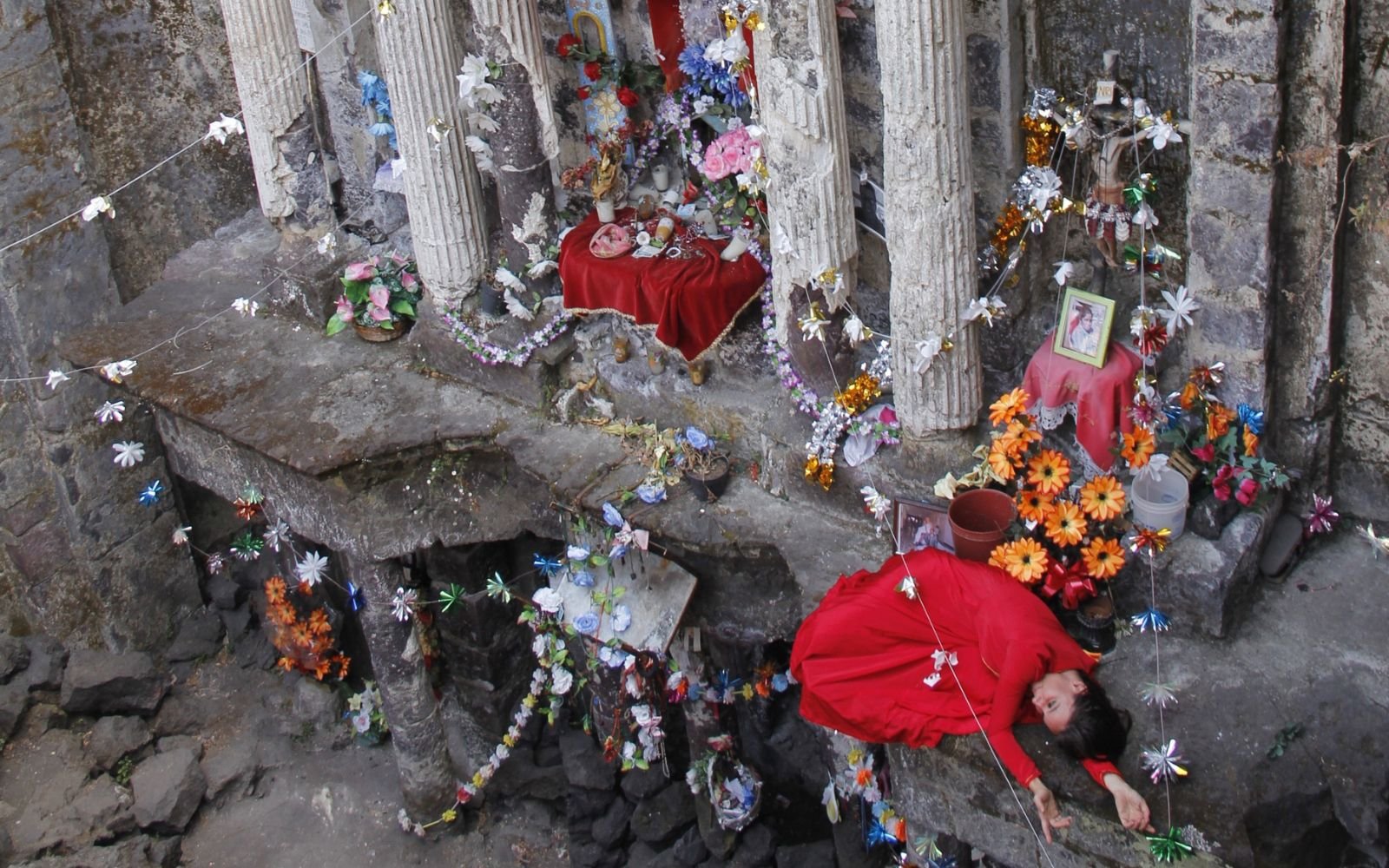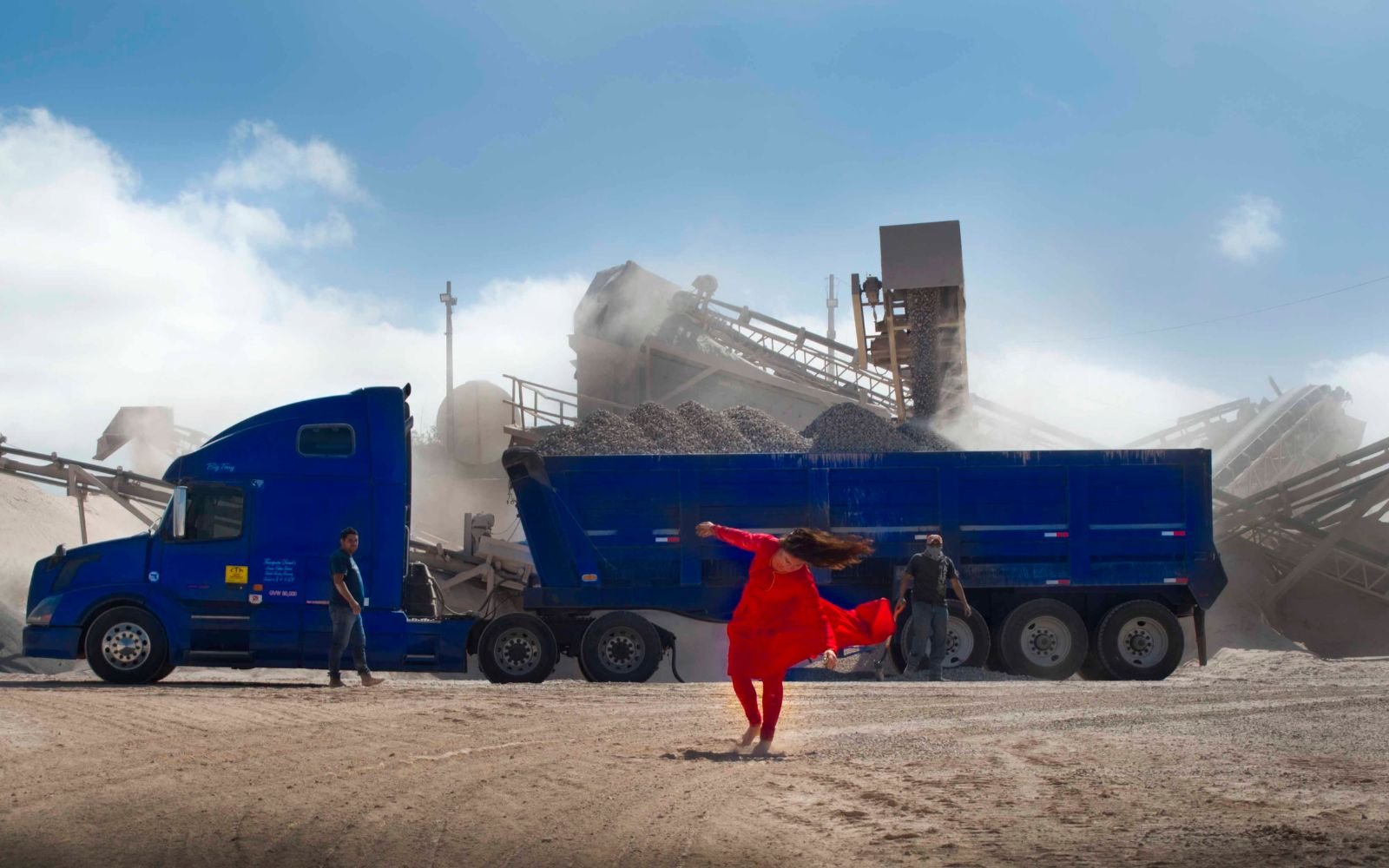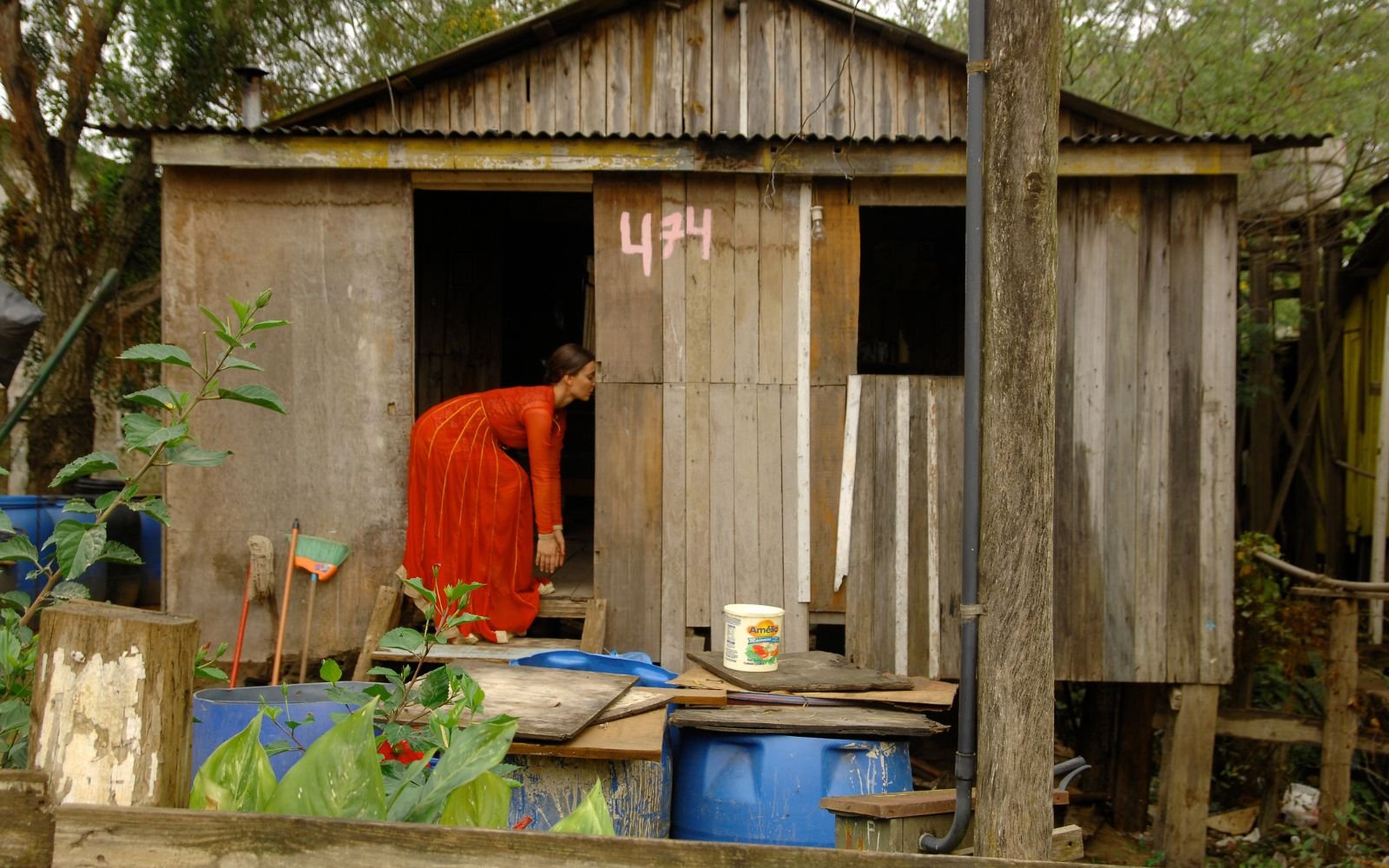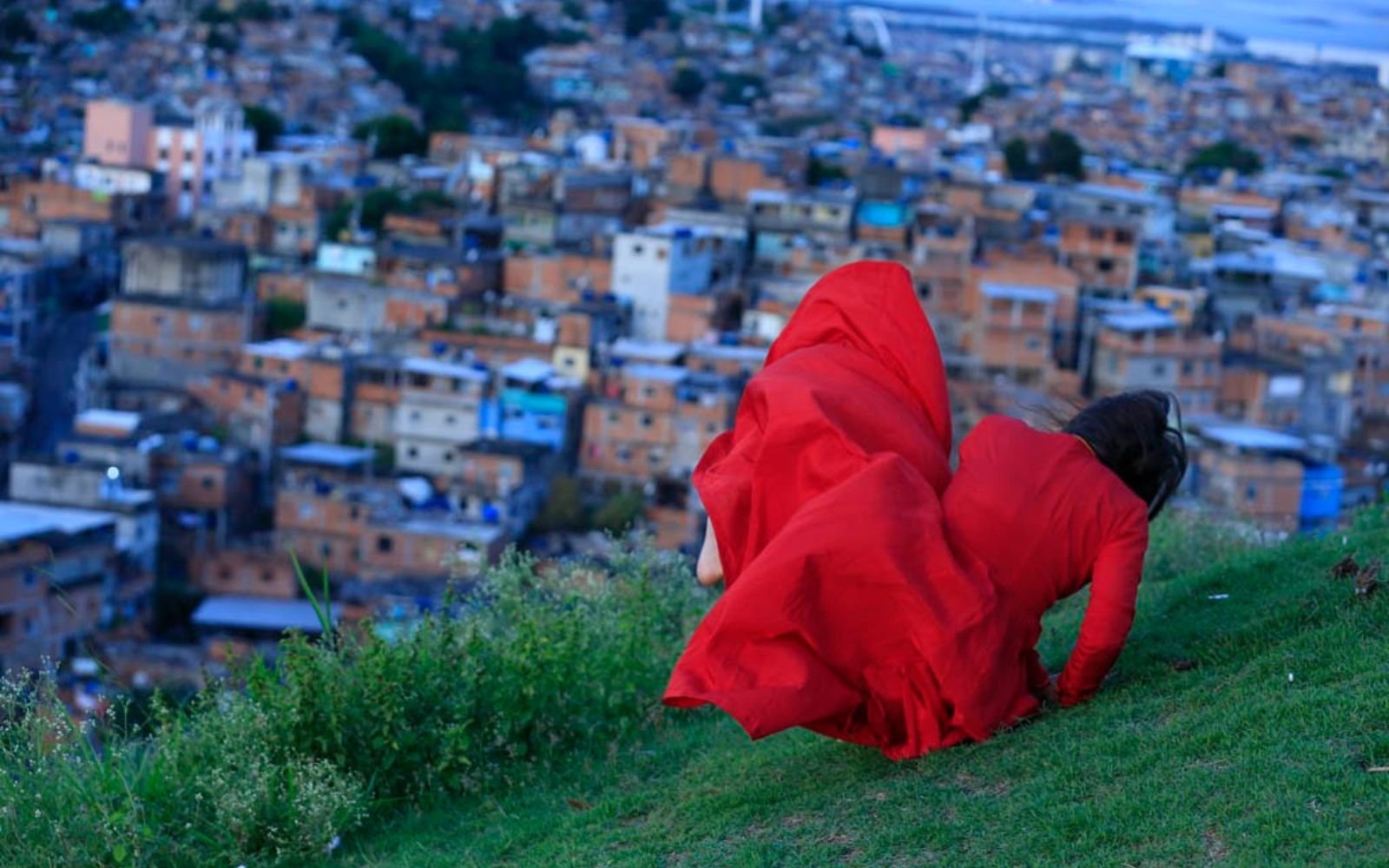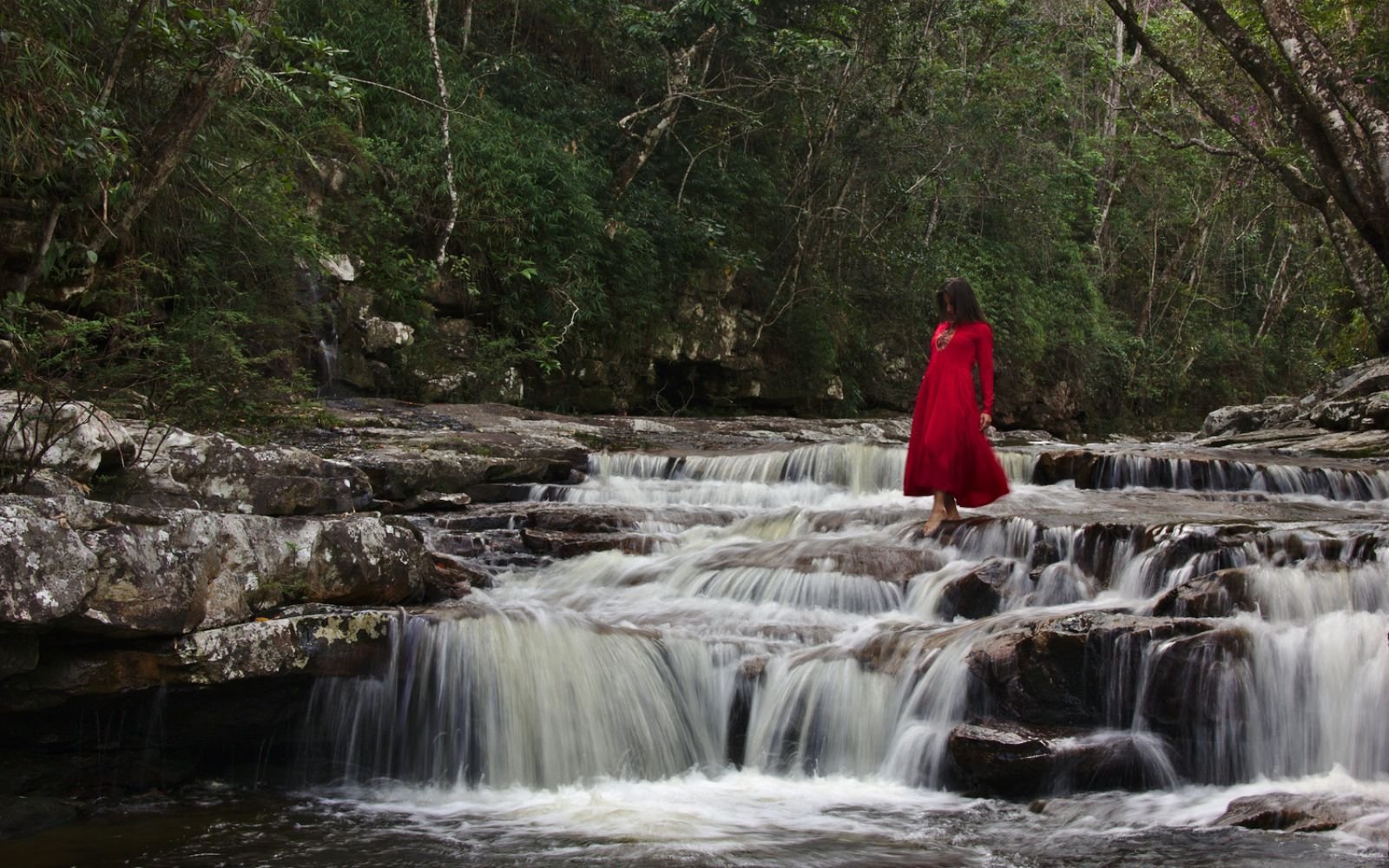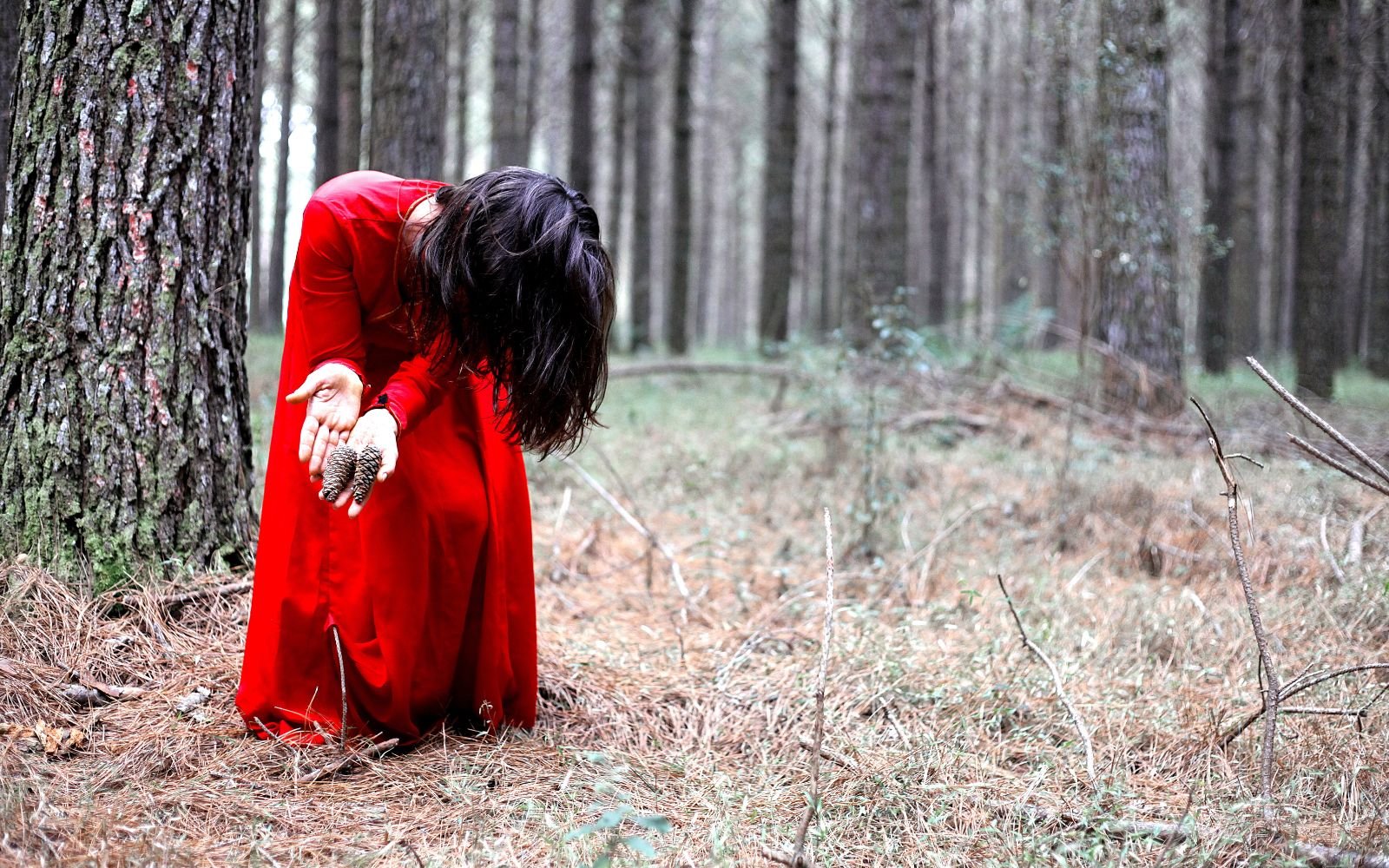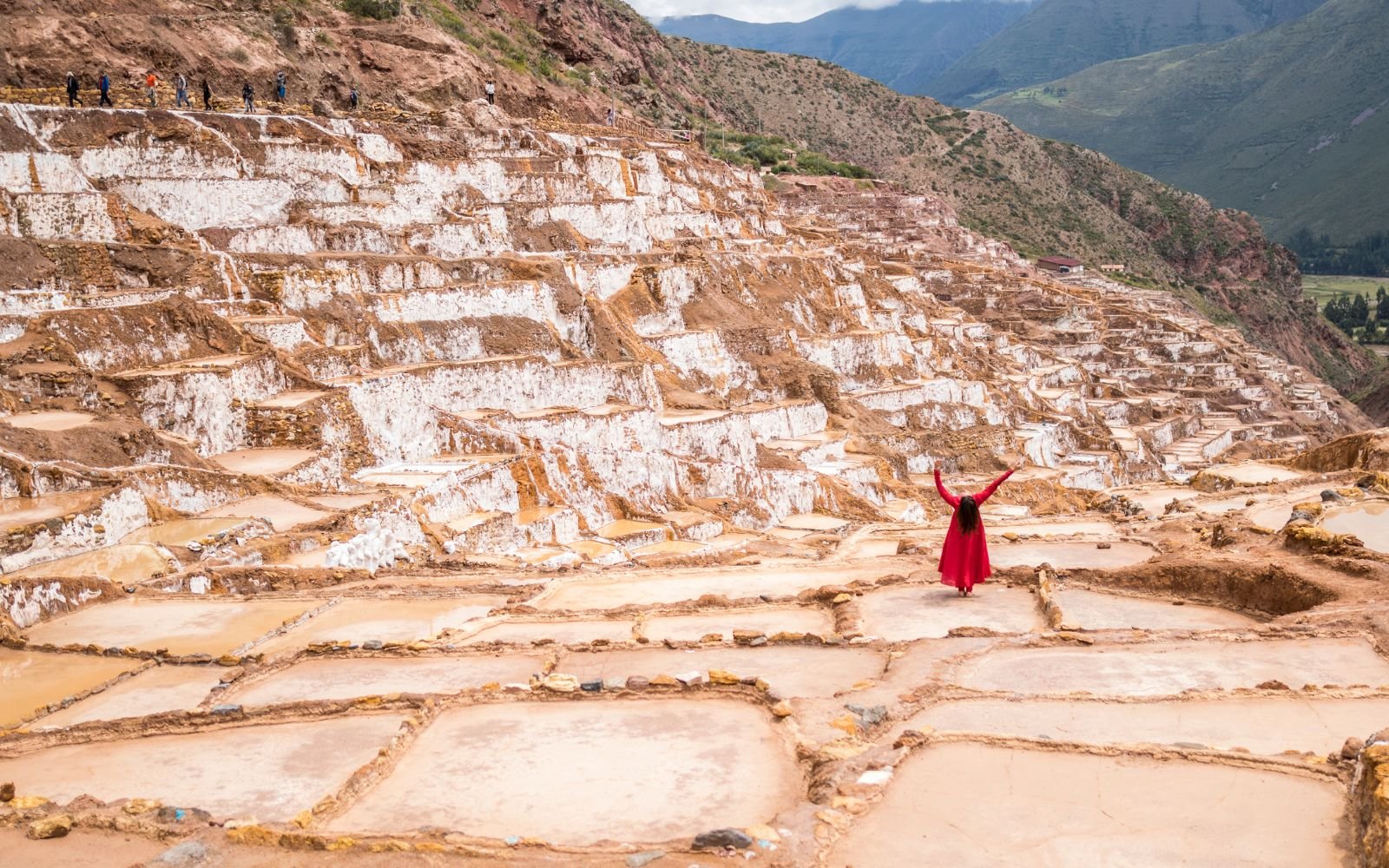Performing in a variety of locales, often challenging and always unexpected, demands a heightened sense of awareness and adaptability. It is interesting to note how the act of dance, when presented outside its traditional context, can become a puzzle to onlookers, sometimes unrecognised as dance altogether. The red dress performances have often been interrupted for various reasons when performing in some of these locations: police intervention due to traffic disruptions caused by onlookers in Ahmedabad, India; medical concerns when a bystander in Brixton, London, mistook my expressive movements for a medical emergency; queries from concerned passersby across Europe, offering assistance; confrontations with security personnel in privately-owned spaces mistaken for public areas, with particularly forceful encounters in London’s financial districts; spiritual interpretations from a spectator in Trafalgar Square, who saw visions of the Virgin Mary during my dance; and cultural misreadings in Salvador, Brazil, where my actions were viewed as religious offerings.
"Each location, with its unique audiences, contributes to the complex tapestry of public perception and engagement with dance as an art form when removed from its expected milieu"
"Each location, with its unique audiences, contributes to the complex tapestry of public perception and engagement with dance as an art form when removed from its expected milieu"


